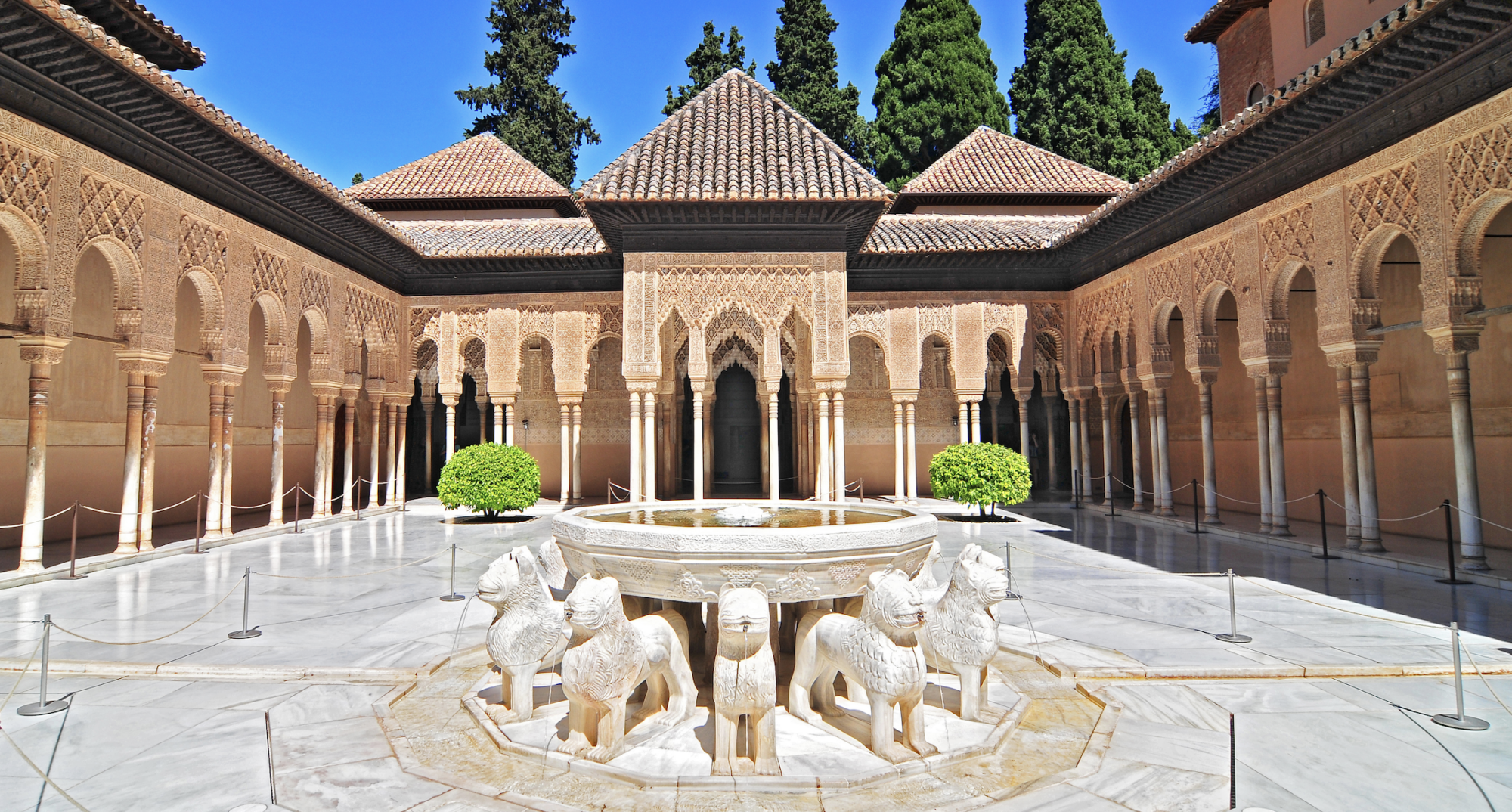Fall 2023

Go on a cultural journey of arts, culture, and architectural innovations around the world.
Beginning September 19, 2023
Mint Museum Uptown at Levine Center for the Arts
Super Saturday @ Mint Museum Randolph
Fall 2023 topics include cultural and architectural exploration of Renaissance Art, Spanish Colonialism, Venice and the Silk Road, West Africa, and Asia. The series features talented professors and curators from the Carolinas, as well as scholars from museums and universities across the country.
Classes take place 6–7:30 PM select Tuesdays, plus a Super Saturday 9 AM–12:30 PM December 2 that delves deeper into the Age of Enlightenment!
PRICING:
- $250 Mint docents
- $350 for Mint members (at Supporter level or higher)
- $500 for nonmembers
SCHEDULE:
September 19 | The Renaissance: Not Just an Italian Phenomenon
The Renaissance has become synonymous with Italy, but the characteristics of what we call Renaissance art occur in other parts of Europe and sometimes earlier than they do in Italy. We will look at masterpieces of Italian art and explore how the Renaissance manifested in other areas of Europe, as well as the role of Giorgio Vasari in creating the identity of the Italian Renaissance. Presented by Todd Herman, PhD, president and CEO of The Mint Museum.
October 3 | Spanish Baroque Art and History: What Is a ‘Golden Age’?
*RESCHEDULED FOR NOVEMBER 28
October 24 | Venice and the East
The art of Venice has always been as unique as the city itself. As the capital of an empire that stretched through the Mediterranean to the Byzantine and Ottoman Empires, and the launching pad for Europeans to the Holy Land, learn how its art reflects the many influences that were apparent in the streets and markets of the city. Presented by Todd Herman, PhD, president and CEO of The Mint Museum.
November 14 | Masterpieces of African art? Royal Artifacts? Cultural Heritage? Or Looted Objects?: The “Benin Bronzes” in Context
The “Benin Bronzes” are currently being scrutinized on a global scale. This presentation aims to understand the aesthetic principles, political mission, and controversial history of these famed artworks.
November 28 | Spanish Baroque Art and History: What Is a ‘Golden Age’?
The 17th-century is often referred to as the Golden Age of Spanish Art. This lecture will consider the particular circumstances of the political, economic, and social histories of Spain and their impact on the patronage of art. The global circumstances of the Spanish Empire in the so-called Golden Age can be viewed through the lens of the geography of its artistic centers, via the sometimes-fleeting roles of artistic centers like Toledo, Madrid, Seville, and Mexico City. Toledo in particular stands as an exemplar of the cross-section of political and artistic prominence, with Islamic and Jewish cultures that eventually were suppressed by the overwhelming power and artistic patronage of the Catholic church, considered here through the example of the painter El Greco.
December 2 (Super Saturday) | Age of Enlightenment @ Mint Museum Randolph
- French Porcelain, Ballet, and Cultural Exchange in the Age of EnlightenmentExplore the European obsession with Asian porcelain as manifested in porcelain rooms as well as a lost 18th-Century French ballet known as the “Ballet des Porcelaines.” Revived and reimagined by Phil Chan and Meredith Martin in 2021, the ballet tells the story of a Chinese sorcerer who rules an island and transforms trespassers into porcelain until a captive prince and princess steal his magic and break the spell. Presented by Meredith Martin, PhD, art history professor at NYU Arts and Sciences.
- Painted Realities: Prosperity, Rivalry, and Art-Making in the Dutch Republic
From Rembrandt van Rijn’s compelling portraits to Jan Vermeer’s sumptuous interiors, excellence and innovation abounded in Dutch painting in the early modern period. But how can this zenith be explained? This talk will explore the circumstances that prompted this fluorescence, the remarkable aspects of these painters’ production, and the enduring relevance of the art of the Dutch Republic in the seventeenth century. Presented by Jacquelyn N. Coutré, PhD.
December 12 | Isfahan to Istanbul: Islamic Art and Architecture of the Early Modern Era
From glittering gold domes to vibrantly colored illuminated manuscripts, this talk examines Islamic art and architecture from the Near East to the eastern Mediterranean from the sixteenth to nineteenth centuries. This period corresponds to the rise of major Islamic empires, including the Safavids in Iran and Ottomans in Turkey, whose capital cities became booming centers of art and architecture. Developing their own local visual cultures, these empires also participated in significant cross-cultural interaction with each other, Europe, and East Asia, culminating in a period of dynamic developments in ceramics, textiles, arts of the book, and architecture. Presented by Lyla Halsted, assistant professor of art history at Davidson College.
January 16 | Chinese Art
CAN’T ATTEND EVERY SESSION? All participants will be given access to a password-protected website, where videos of every lecture will be recorded for viewing at your convenience.